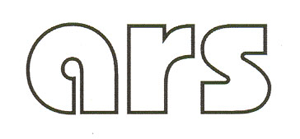Resumo em Português:
Resumo O artigo visa contribuir para a caracterização da obra ou imaginário artístico de Artur Lescher. Destaca que a pureza de suas formas resulta de estruturas não-compositivas, embora integre sua gramática, elementos de tensão, tanto entre materiais em uma mesma obra, quanto entre as obras uma vez dispostas na galeria. Procura associar, ainda, essa gramática a uma semântica, relacionando-a ao imaginário infantil, pois algumas de suas formas reenviam a brinquedos antigos, enquanto outras, à ideia de repetição, própria ao jogo. Face essa obra de matriz construtiva, que se abre, contudo, à alegoria, o fruidor é instado a desentranhar o enigma da imagem, no intento de aplacar a inquietude que resulta daquilo que, sendo familiar é também estranho (Das Unheimliche). É nesse aspecto que reside o poder de negatividade, de crítica social ou política de sua arte.
Resumo em Inglês:
Abstract The article aims at contributing to the characterisation of the works or artistic imagery of Artur Lescher. It highlights the purity of its forms that results from non-compositional structures while integrating in its grammar elements of tension, both between materials in the same work and among the works in the gallery they are once arranged. It also associates this grammar to semantics, relating his works to the child's imagination, since some of its forms refer back to old toys, while in others refer to the idea of repetition, to the game itself. Given this array of constructive work that leads, however, to the allegory, the spectator is asked to unravel the puzzle image, in an attempt to quell the unrest that results from what is also familiar and strange to (Das Unheimliche). It is in this aspect that the power of negativity, social or political criticism of his art resides.
